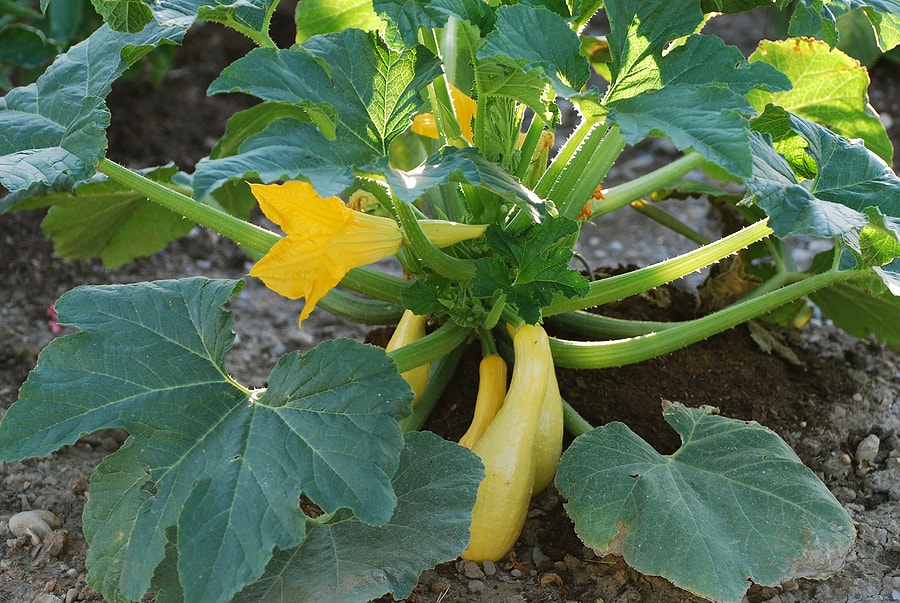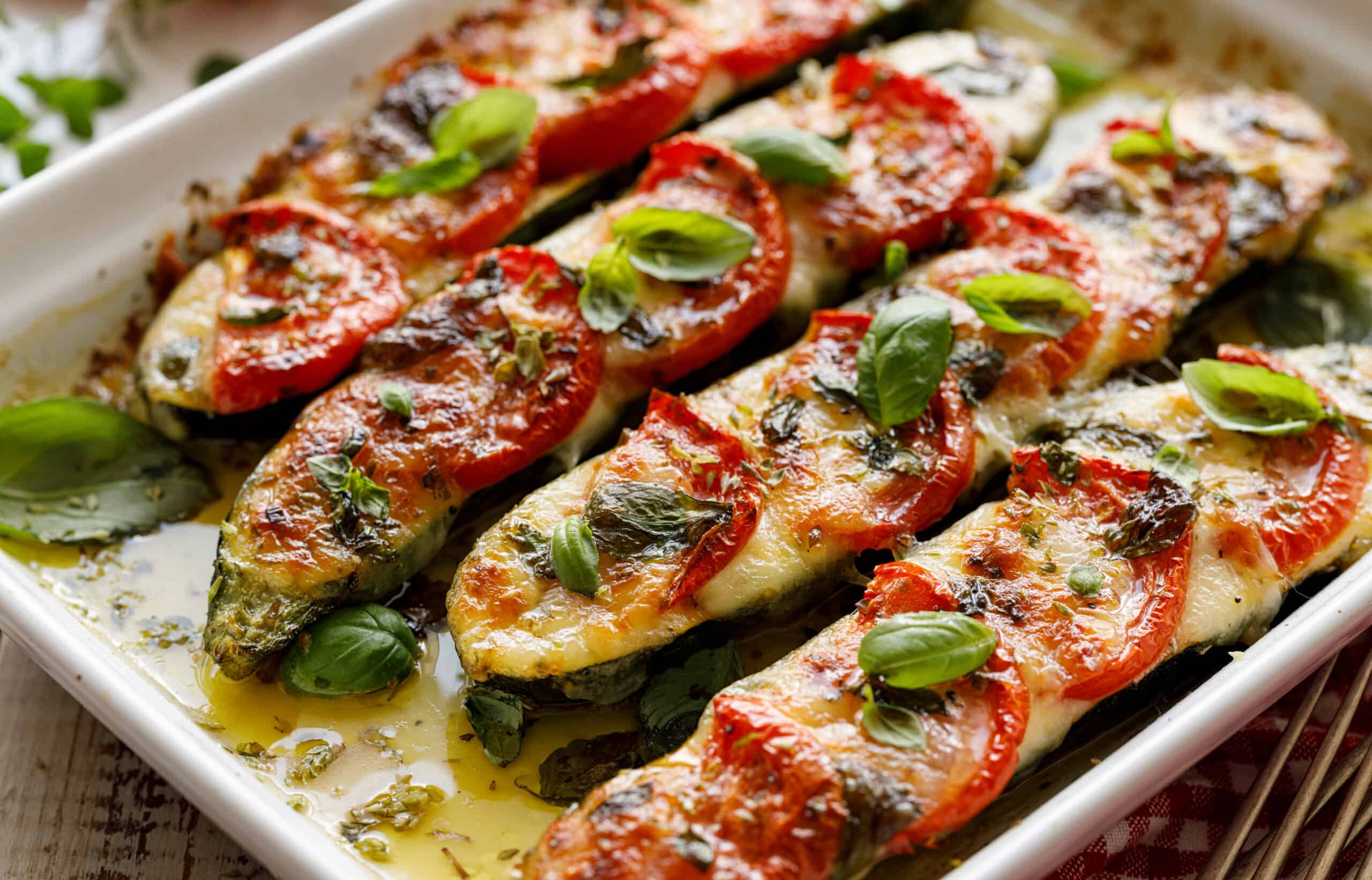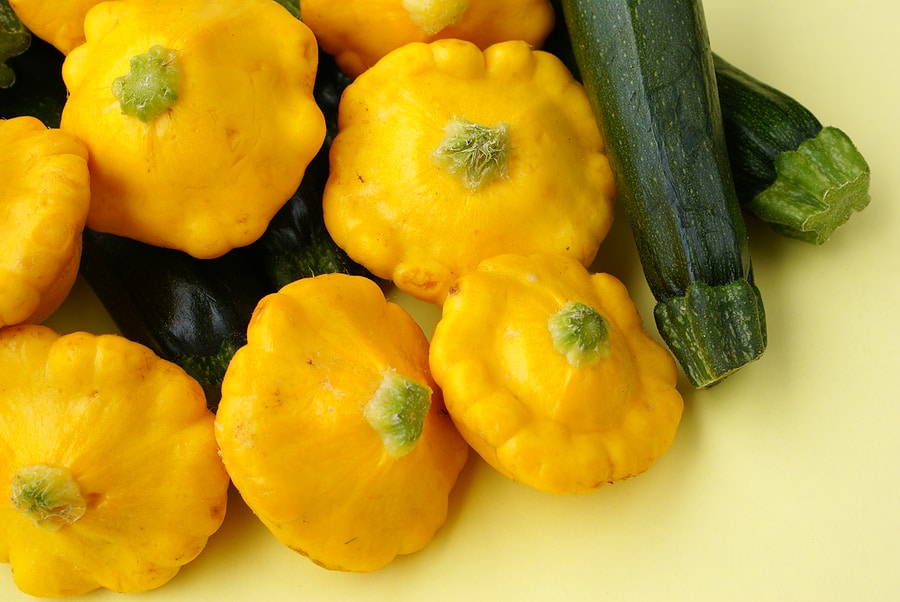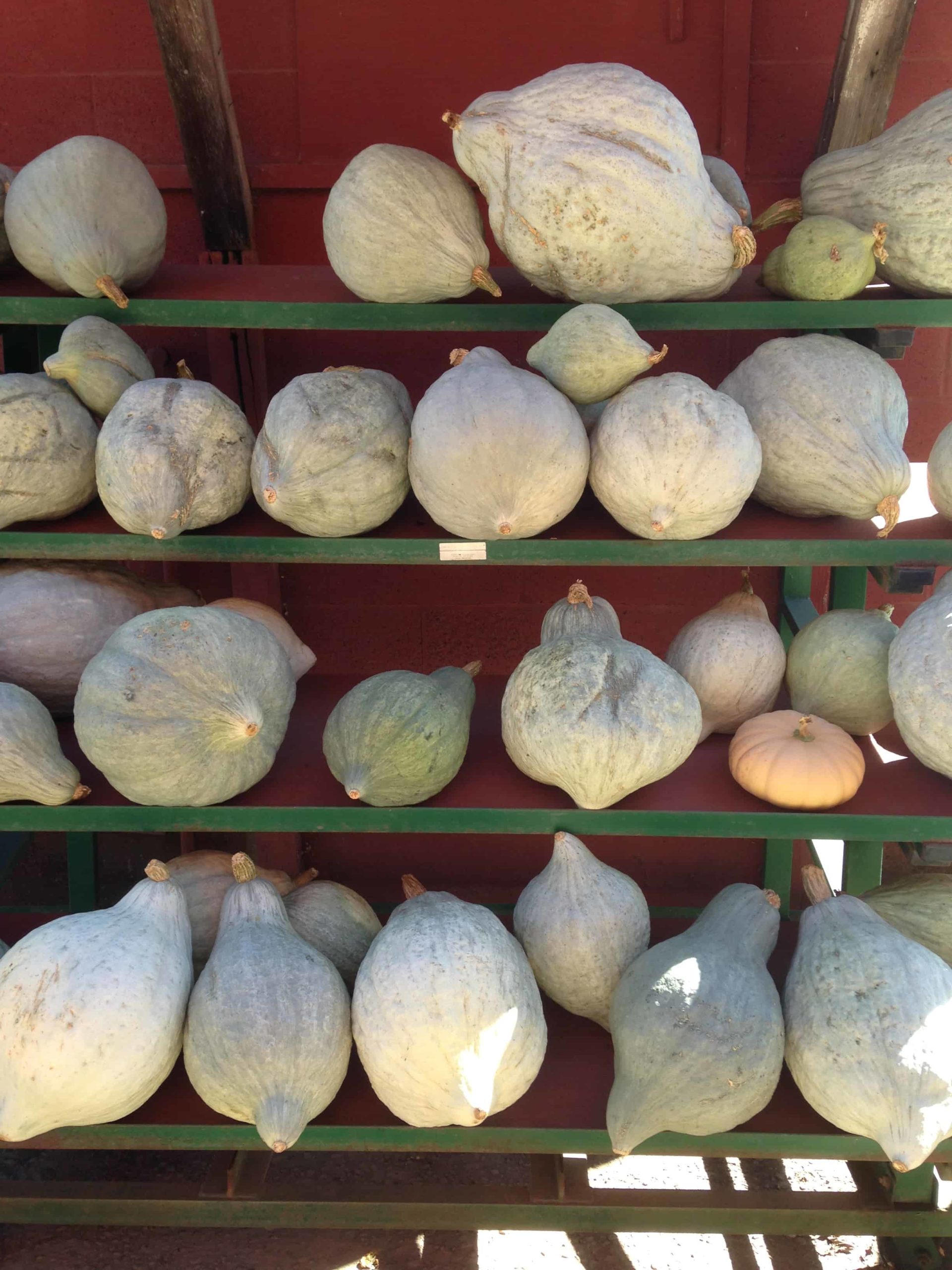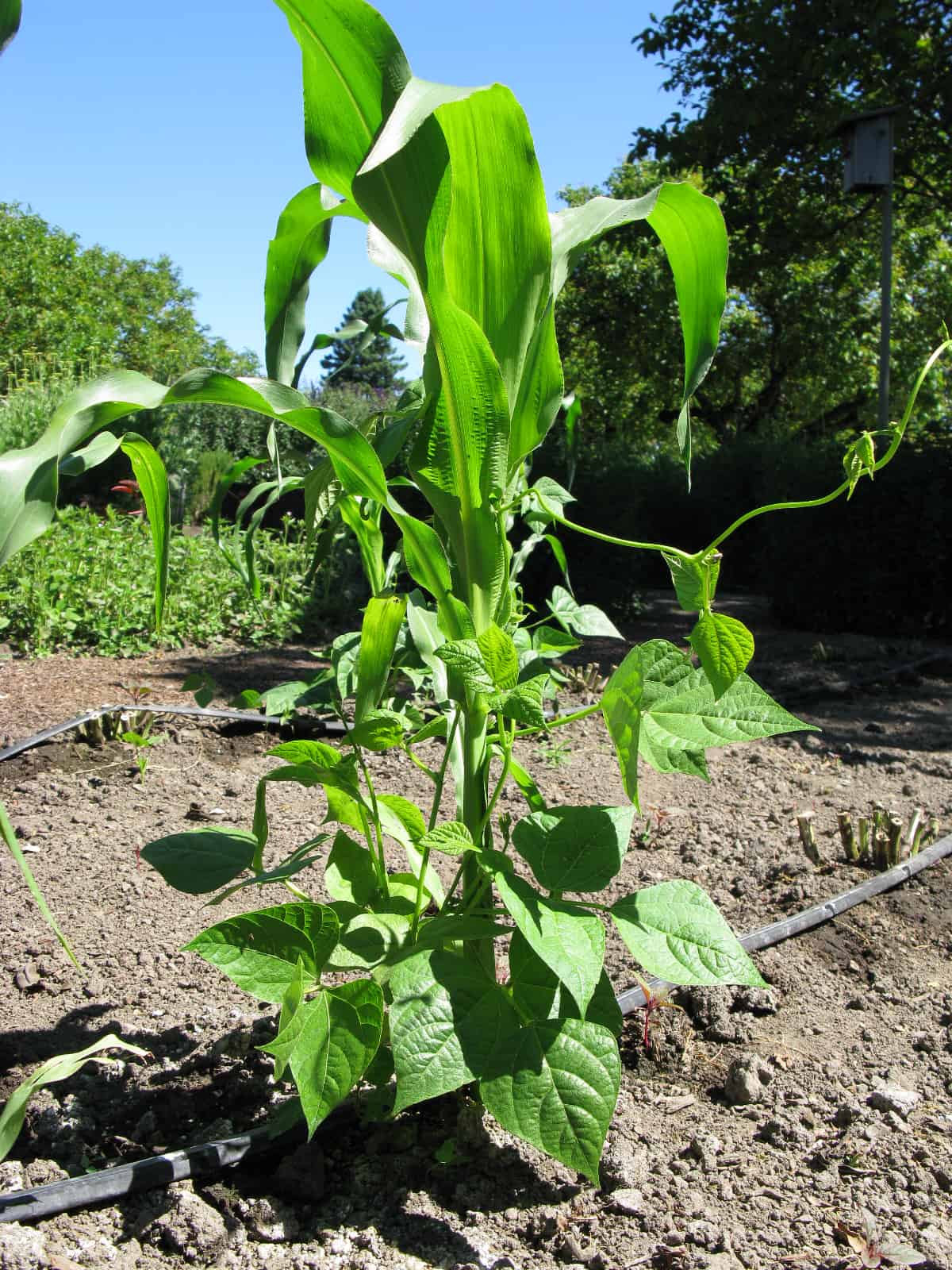Squash
Latest stories
More stories
-
Eight Ways to Cook and Serve Summer Squash
Summer or tender squash can be sautéed, steamed, boiled, baked, grilled, microwaved, or eaten raw. Use raw tender squash as an addition to crudités trays and salads The tender summer squashes–zucchini, Costata Romanesca, round and globe, scallop or pattypan, yellow crookneck, and yellow straightneck, and Zephyr–mature during the summer and can be claimed as baby […] More
-
How to Harvest and Store Summer Squash
Harvest summer squash young and tender. Harvest summer squash when the skin is glossy and soft enough to be easily pierced with your thumbnail. Related articles: When to harvest summer squash How to harvest summer squash More tips on harvesting all summer vegetables at Summer Vegetable Harvest Tips. How to store summer squash Storing winter […] More
-
How to Harvest, Cure, and Store Winter Squash
Harvest winter squashes when they are mature. Winter squash is mature when its rind cannot be scratched with a thumbnail. Winter squashes include Acorn, Butternut, Hubbard, Banana, Buttercup, Spaghetti, and pumpkins. Winter squash refers to squash planted in spring, grown in summer, harvested in fall, and stored for winter use. Winter squashes require more days […] More
-
Corn, Beans, and Squash: The Three Sisters
Sometimes one vegetable crop can help another vegetable crop grow better just by being nearby. For example lettuce and spinach often grow better in the shade of a taller plant. Growing two or more crops in close proximity for a shared benefit is called companion planting. A classic planting of three garden companions is corn, […] More

